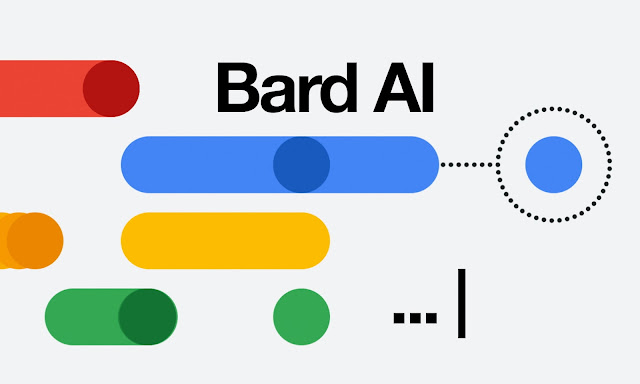Google opens Bard AI chatbot
Google has opened its Bard AI chatbot to the public. Bard is
a large language model, also known as a conversational AI or chatbot trained to
be informative and comprehensive. It is trained on a massive amount of text
data, and can communicate and generate human-like text in response to a wide
range of prompts and questions. For example, Bard can provide summaries of
factual topics or create stories.
Bard is still under development, but Google says it has the
potential to be a powerful tool for communication, creativity, and learning.
The company is encouraging users to experiment with Bard and provide feedback
so that it can be improved.
Here are some of the
things that Bard can do:
- Answer your questions in a comprehensive and informative way, even if they are open ended, challenging, or strange.
- Generate different creative text formats, like poems, code, scripts, musical pieces, email, letters, etc.
- Translate languages.
- Write different kinds of creative content.
- Follow your instructions and complete your requests thoughtfully.
Bard is still under development, but it has the potential to
be a powerful tool for communication, creativity, and learning. Google is
encouraging users to experiment with Bard and provide feedback so that it can
be improved.
How Bard Works
Bard is a large language model, which means that it is
trained on a massive amount of text data. This data includes books, articles,
code, and other forms of text. Bard uses this data to learn the patterns of
human language. This allows Bard to communicate and generate human-like text in
response to a wide range of prompts and questions.
For example, if you ask Bard "What is the capital of
France?", Bard can access its knowledge of the world and generate the
answer "Paris". Bard can also answer more complex questions, such as
"What are the causes of the French Revolution?".
Bard can also generate creative text formats, such as poems,
code, scripts, musical pieces, email, letters, etc. For example, if you ask
Bard to write a poem about love, Bard can generate a poem that is both creative
and informative.
Bard can also translate languages. For example, if you ask
Bard to translate "Hello" into Spanish, Bard will generate the
Spanish word "Hola".
The Potential of Bard
Bard has the potential to be a powerful tool for
communication, creativity, and learning. Google is encouraging users to experiment
with Bard and provide feedback so that it can be improved.
Here are some of the
potential uses of Bard:
- Education: Bard can be used to provide students with personalized instruction. Bard can adapt its teaching style to the individual student's needs and learning style.
- Customer service: Bard can be used to provide customer service representatives with the information they need to quickly and accurately answer customer questions.
- Content creation: Bard can be used to create content for websites, blogs, and other publications. Bard can generate content that is both informative and engaging.
- Research: Bard can be used to research a wide range of topics. Bard can access and process information from a variety of sources, including books, articles, and websites.
The Future of Bard
Bard is still under development, but it has the potential to
be a powerful tool for communication, creativity, and learning. Google is
encouraging users to experiment with Bard and provide feedback so that it can
be improved.
As Bard continues to develop, it will become even more
powerful and useful. Google is committed to making Bard a safe and responsible
tool. The company is working on ways to ensure that Bard is not used to spread
misinformation or generate harmful content.
Bard has the potential to change the way we communicate,
learn, and create. Google is excited to see how people use Bard to make the
world a better place.



